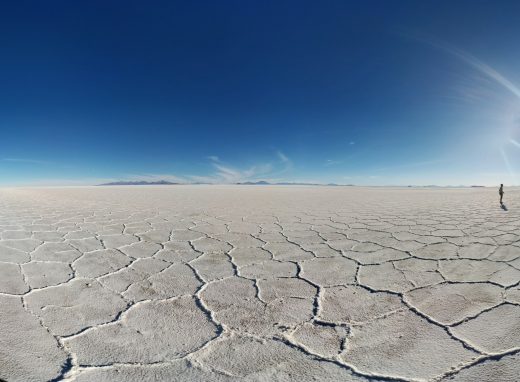Bolivia
The magnificent Salt Flats
Bolivia
The local markets and cultural heritage
Bolivia
The beauty of Lake Titicaca
Bolivia
Capture the energey of La Paz
With some 100 revolutions since its independence in 1825, it’s not surprising Bolivia hasn’t attracted more touristic notice. Things have been rather stable since 2005 and Bolivia’s bucket-list quotient is growing quickly. Though its infrastructure lags behind its neighbors requiring long drives, sometimes on unpaved roads, Bolivia offers plenty of natural wonders, interesting culture and 5,000 years of history, an improving food and wine scene, and colonial architecture. For adventure geeks, there’s lot to experience.

Unique Experiences
In Bolivia
Discover the richness of Bolivia’s breathtaking scenery, combined with adventure and fine local cuisine, during your next South American vacation.
Experience Food With Altitude
Experience Bolivia’s delicious food scene on this La Paz culinary tour, visiting local markets and restaurants including fish dishes from Lake Titicaca, traditional potato soup and...
Experience Unuyi Salt Flats
The full day tour to the stunning landscapes of the salt flats of Uyuni and its surrounding area, a walk on the mystic island of "Inka...

Did you know?
More about Bolivia
La Paz: Bolivia has two capitals: Sucre, the constitutional capital, and La Paz, the de facto capital of the country. La Paz is one of the most unique cities in the world. The city is divided into 3 sections: El Alto (at 12,000 feet over sea level) where the airport and some of the poorest neighborhoods are located; El Centro, the main part of the city and where most “Paceños” (natives) live (at roughly 10-11,000 ft over sea level) and the Zona Sur neighborhoods (roughly 9,000-8,500 ft over sea level) where the more upscale areas are located, such as Calacoto.
TravelStore in #Bolivia
Let's Plan Your Trip!
Our professional travel experts look forward to tailoring an exceptional vacation for you.
or Call 1 800 850 3224
